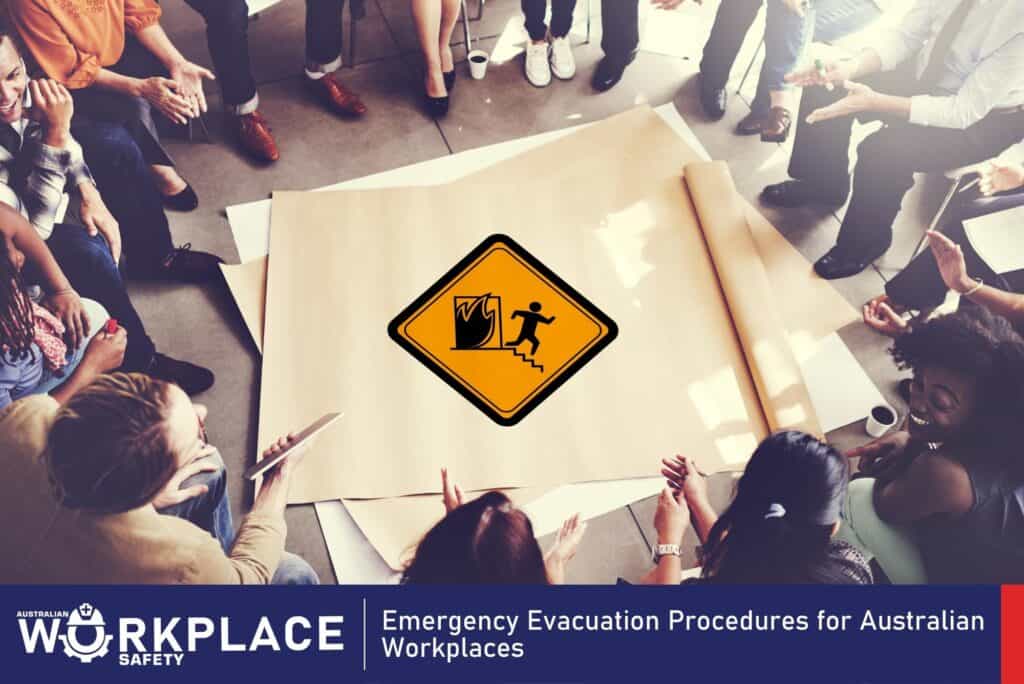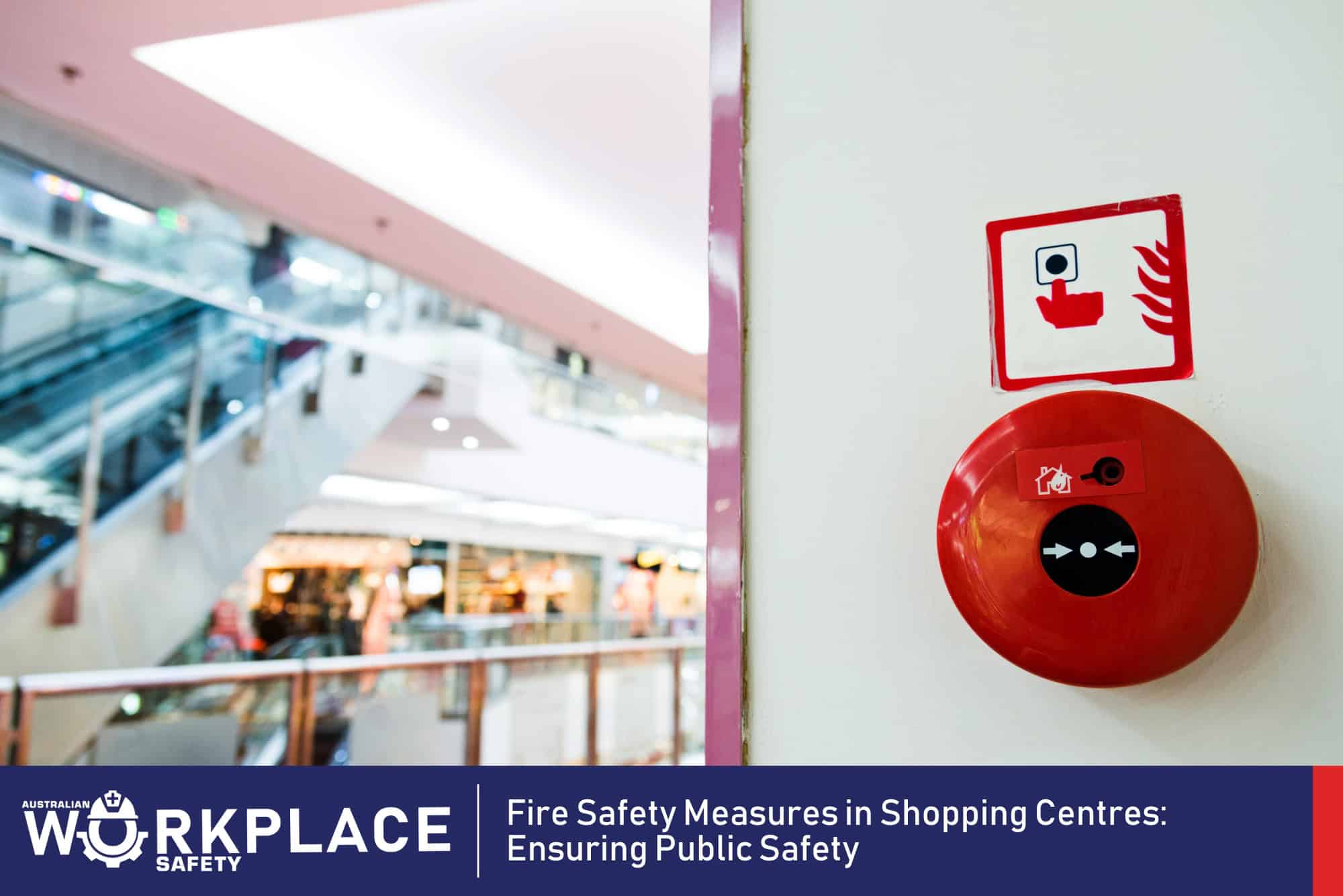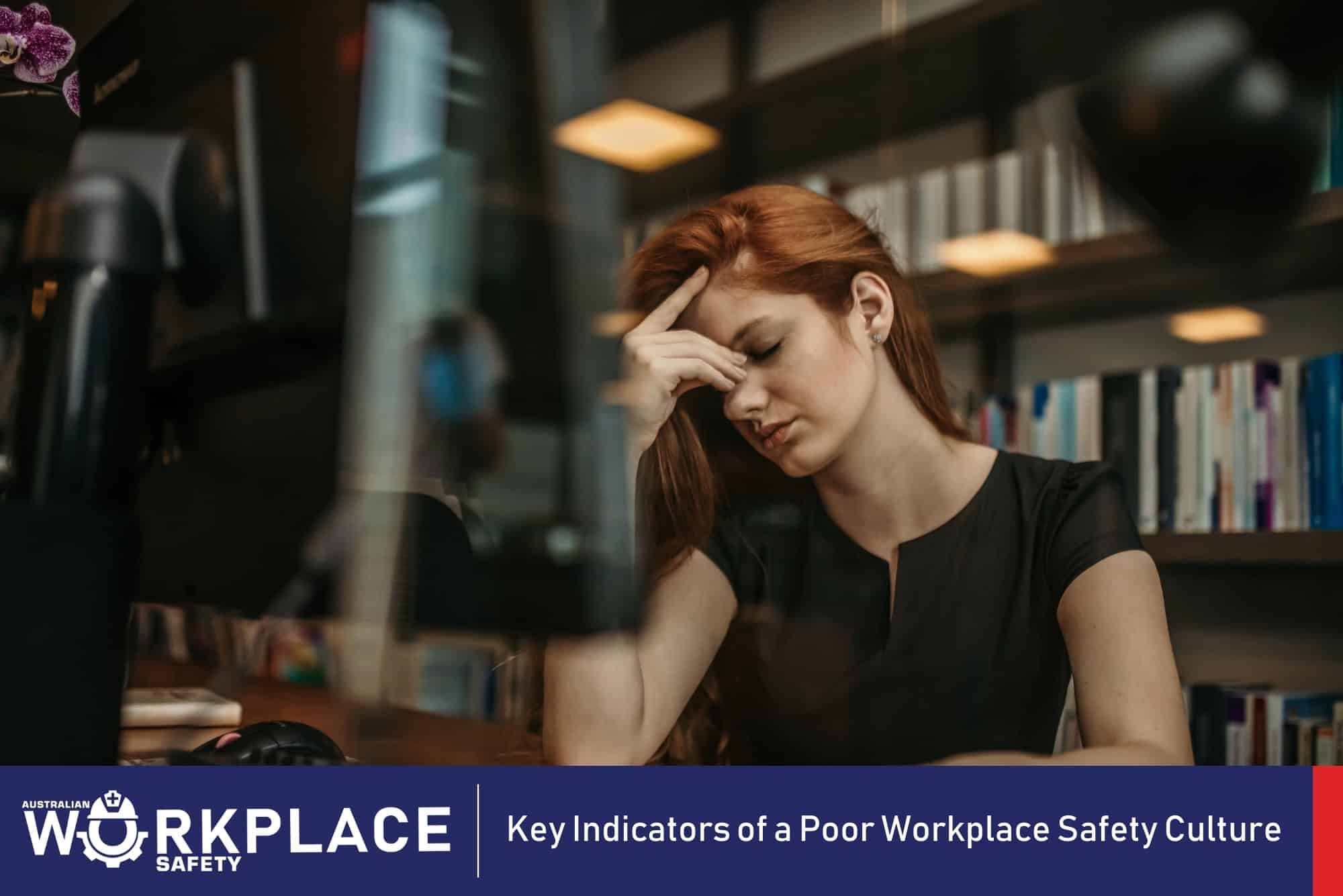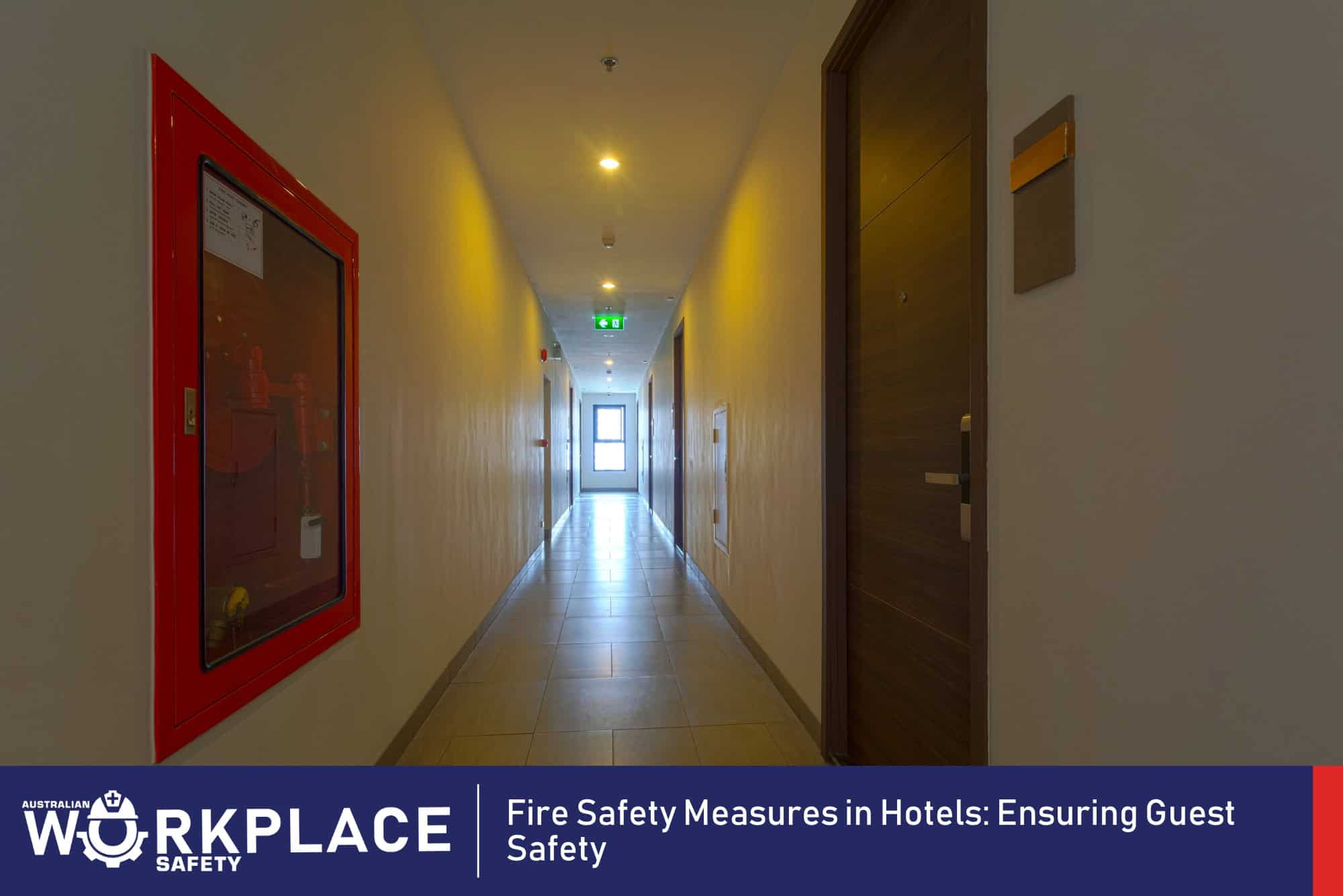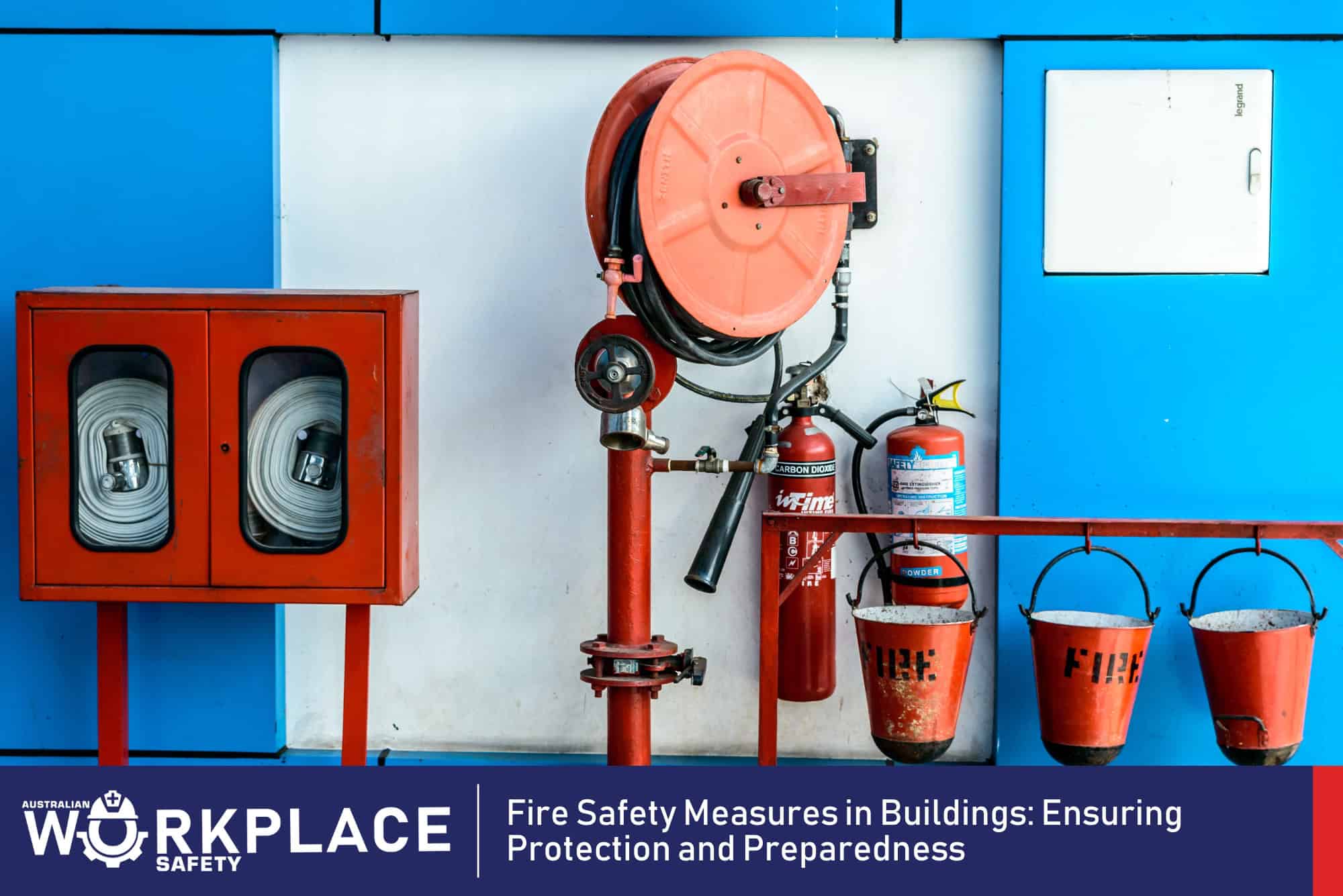Emergency situations can occur unexpectedly in any workplace, and being prepared for such events is crucial to ensure the safety and well-being of employees and visitors. In Australia, workplace safety regulations mandate that employers establish and implement emergency evacuation procedures. These procedures outline the necessary steps to be taken during emergencies such as fires, chemical spills, natural disasters, or any other incidents that pose a threat to individuals within the workplace. This article will provide an overview of emergency evacuation procedures for Australian workplaces, highlighting key elements and best practices.
Conducting a Risk Assessment
The first step in developing effective emergency evacuation procedures is conducting a thorough risk assessment. Employers must identify potential hazards and assess the risks associated with them. This assessment should consider factors such as the layout of the workplace, the type of work being performed, the number of employees present, and any specific vulnerabilities or special needs of individuals within the workplace. By understanding the risks, employers can develop tailored evacuation procedures to address them.
Establishing a Clear Evacuation Plan
Once the risk assessment is complete, employers should establish a clear and easily understandable evacuation plan. This plan should include evacuation routes, assembly points, and designated responsibilities for key personnel, such as evacuation wardens or first aid officers. It is important to display evacuation diagrams throughout the workplace, clearly indicating the location of emergency exits, fire extinguishers, and other essential safety equipment. Regular training sessions should be conducted to familiarise employees with the evacuation plan and to ensure they understand their roles and responsibilities during an emergency.
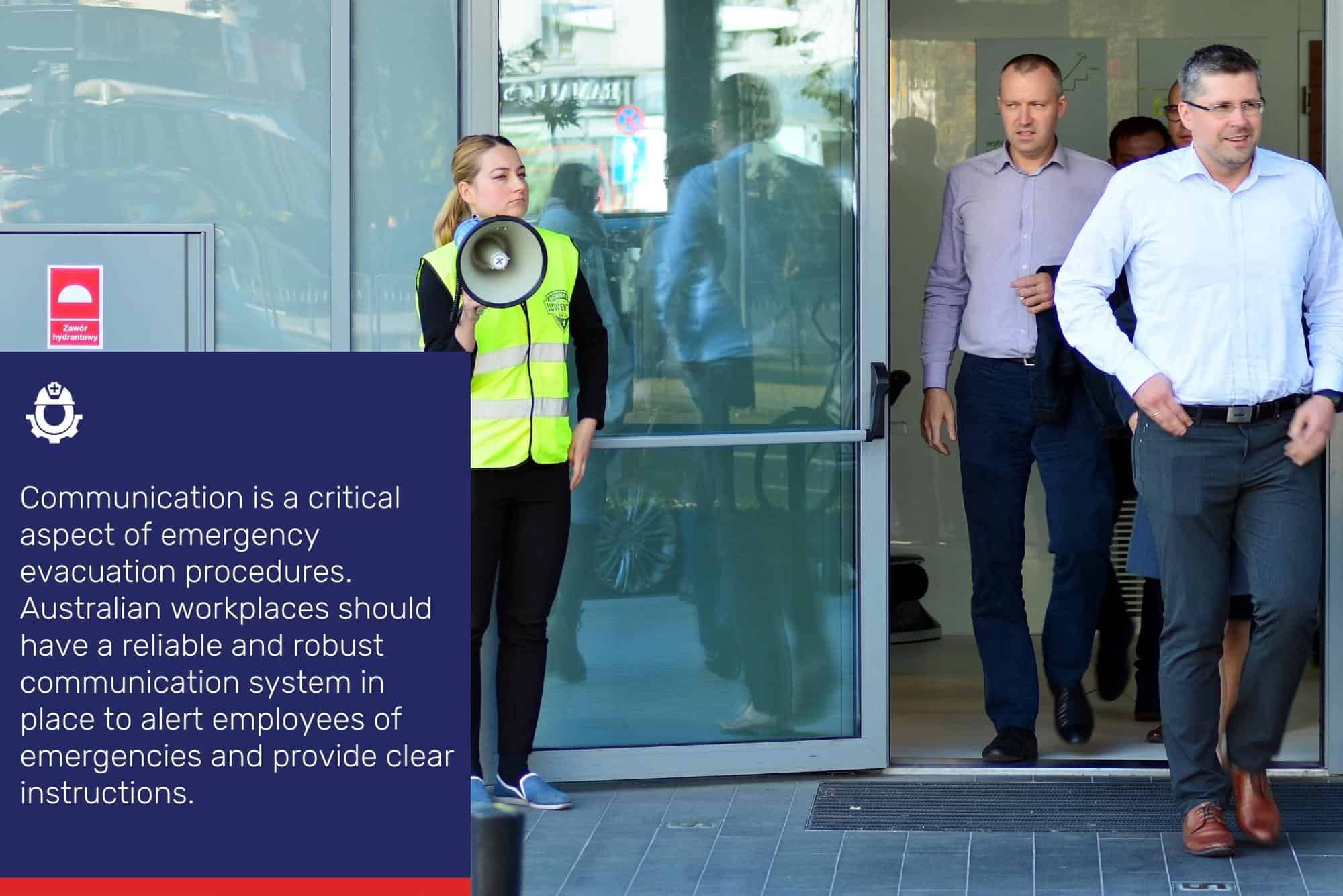
Communication Systems
Communication is a critical aspect of emergency evacuation procedures. Australian workplaces should have a reliable and robust communication system in place to alert employees of emergencies and provide clear instructions. This may involve the use of alarm systems, public address systems, or even text messages or mobile apps. It is essential to test these communication systems regularly to ensure they are functioning correctly and that employees can hear and understand the emergency messages.
During an emergency, prompt and orderly evacuation is crucial. Employers should establish clear procedures for evacuating the workplace, emphasising the importance of remaining calm and following instructions. It is essential to designate assembly points outside the workplace where employees can gather to be accounted for and receive further instructions if necessary. These assembly points should be located at a safe distance from the affected area and away from any potential hazards.
Consideration for Individuals with Disabilities
In addition to establishing evacuation procedures, Australian workplaces should also consider the needs of individuals with disabilities or special requirements. Employers must ensure that evacuation plans cater to these individuals, providing appropriate accommodations and assistance. This may include accessible evacuation routes, designated personnel to assist individuals with disabilities, or specialised equipment such as evacuation chairs or visual alarms for the hearing impaired.
Regular Drills and Exercises
Regular drills and exercises are essential to test the effectiveness of emergency evacuation procedures and identify any areas for improvement. Employers should conduct evacuation drills at least annually, involving all employees and simulating different emergency scenarios. These drills help familiarise employees with the evacuation process, reinforce the importance of safety protocols, and provide an opportunity to address any concerns or questions raised during the exercise.
Review and Update Procedures
Lastly, it is important for employers to regularly review and update their emergency evacuation procedures. As workplaces evolve, new hazards may emerge, or changes in the workforce may require adjustments to evacuation plans. Employers should regularly assess their procedures, considering any feedback or lessons learned from drills or actual emergency situations, and make necessary revisions to ensure the highest level of safety for all individuals within the workplace.
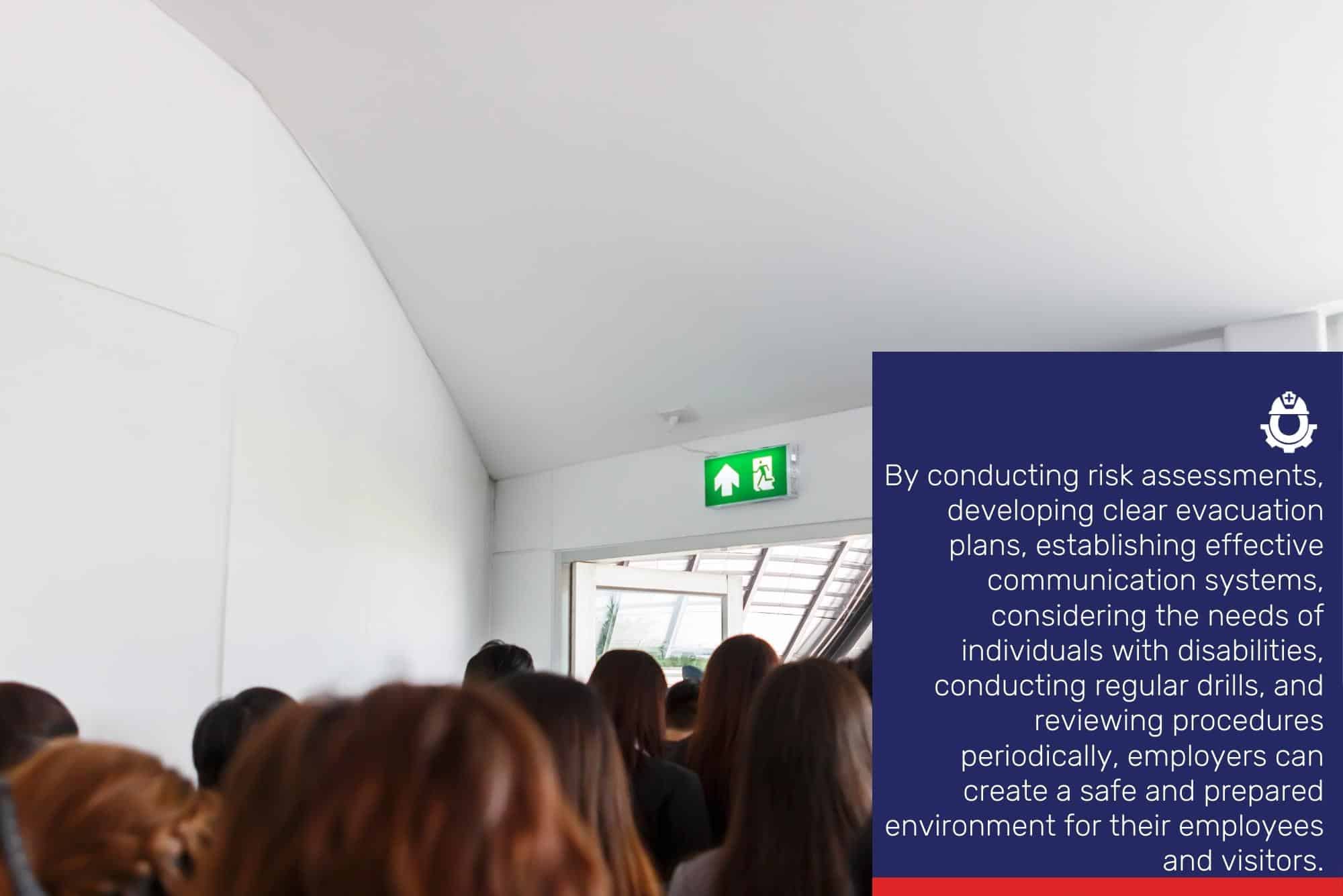
Emergency Procedures are Essential
In conclusion, emergency evacuation procedures are an essential aspect of workplace safety in Australia. By conducting risk assessments, developing clear evacuation plans, establishing effective communication systems, considering the needs of individuals with disabilities, conducting regular drills, and reviewing procedures periodically, employers can create a safe and prepared environment for their employees and visitors. Prioritising emergency preparedness is crucial in mitigating the potential risks and ensuring the well-being of all individuals in Australian workplaces.
Disclaimer: The information provided in this blog is intended for general informational purposes only. The safety practices outlined are based on general principles and may not address specific workplace conditions or legal requirements. It is important for employers and employees to consult with relevant occupational health and safety authorities, legal professionals, and industry-specific guidelines to ensure compliance with applicable laws and regulations. Every workplace is unique, and safety practices should be tailored to specific circumstances and risks. The author and publisher of this blog are not liable for any damages or losses that may arise from the use or implementation of the information provided.
